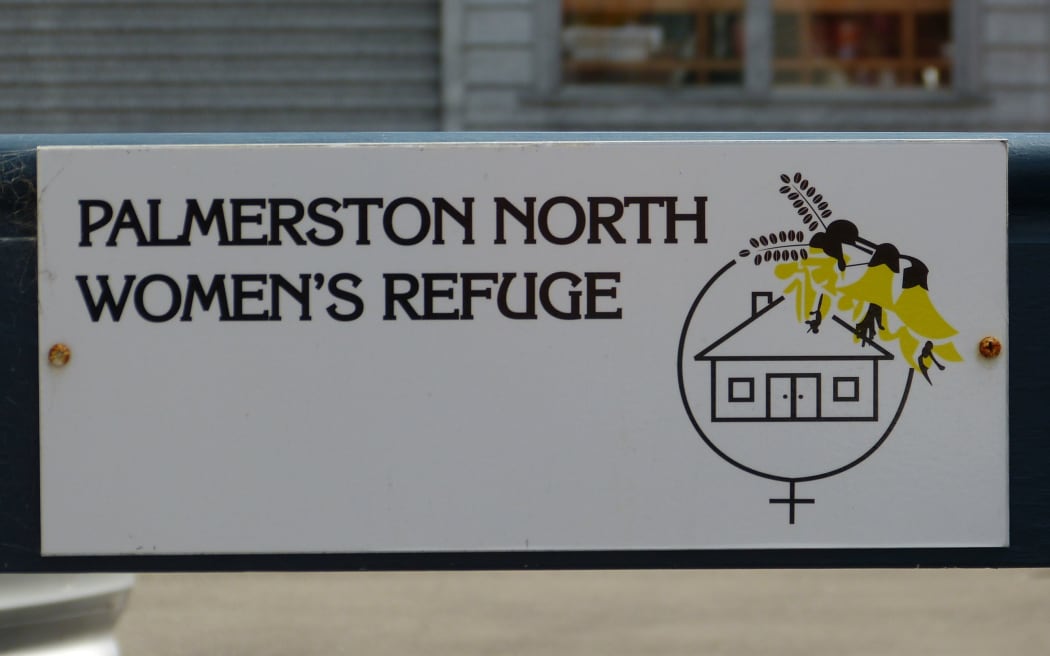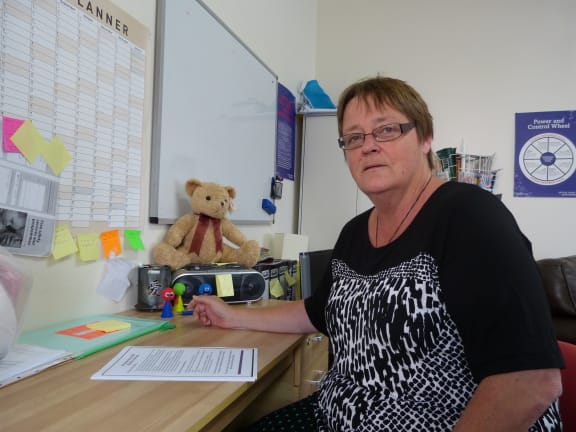All of those involved in tackling domestic violence believe this social blight is costing New Zealand dearly.
As an Insight investigation has been finding out, the high levels of aggression within New Zealand families are resulting in on average in 29 deaths every year, and up to half of all police time is taken up dealing with domestic violence.

Photo: RNZ / Philippa Tolley
Listen to Insight - The Cost of Domestic Violence
Treasury has estimated that each death costs this country $4 million, but those working with the victims of abuse point to the personal toll. Lives lost, injuries suffered and families and individuals living with fear.
But New Zealand's high rates of family violence are hardly a secret. There have been any number of working groups and taskforces, and numerous reports have been written about what should be done.
Just over six month's ago, the government announced a package of proposals it hoped would make a difference
But the current Justice Minister, Amy Adams, says she wanted to know exactly what is going on before deciding on what steps to take.

Amy Adams. Photo: RNZ
"There are lots of well meaning agencies, both in government and in the NGO sector, all with absolutely the right motivation and trying very hard, but you get to a stage when there is such a crossover that the scarce resources of government are not being used well...if we all have our own victims' centres and or own support processes...look you just run round in circles."
Among the plans is one to set up and test an intensive case management system. But in Palmerston North, a similar initiative is already underway and on trial for three months.
The idea is that police will now get in touch with a victim within 24 to 48 hours after the event which sparked their intervention and they will also involve the local women's refuge.
Detective Sergeant Philip Skoglund, who is the Family Violence Intervention Co-ordinator for Manawatu, says senior regional officers wanted to try giving victims more support in order to stop the same thing, or worse, happening again.
Officers enter a volatile situation and often focus on calming things down, removing the offender and perhaps arresting and charging someone and until now often the victim is just left by themselves a home, he said.
Until extra officers were allocated to follow up with victims he says they were only able to offer "a bit of a band-aid solution."
But he says the question now will be how to assess the success of the initiative, especially after such a short time.
Dr Ang Jury, the manager of the Palmerston North Women's Refuge, shares those worries. She believes a programme like this could begin to slow the increase in the number of families suffering abuse.

The manager of the Palmerston North Women's Refuge, Dr Ang Jury Photo: RNZ / Philippa Tolley
"Research is really clear, that if you want to engage with victims you can't do it a week after the event. You need to be talking to them while they are still thinking about it, still worrying about it and while they still think that things could be different," she said.
Dr Jury believes this scheme has so much potential to improve lives and would like the government to focus on the good work already being done.
But the government's proposals are much wider ranging than just testing and starting intensive case management, and include establishing a Chief Victims' Advisor and reviewing the Domestic Violence Act, to a nation-wide roll out of home security services.
The funding available for all of this is $9.4m over 4 years.
How far that money will stretch worries Catriona MacLennan, a barrister who works in the area of family law and domestic violence.
"I don't see how we can make in-roads into abolishing domestic violence unless we put significant resources in, but police investigate 95,100 reported incidents every year (2013). That's about 260 a day. How can you expect about 2.5m a year to go anywhere near tackling that properly?" she said.

